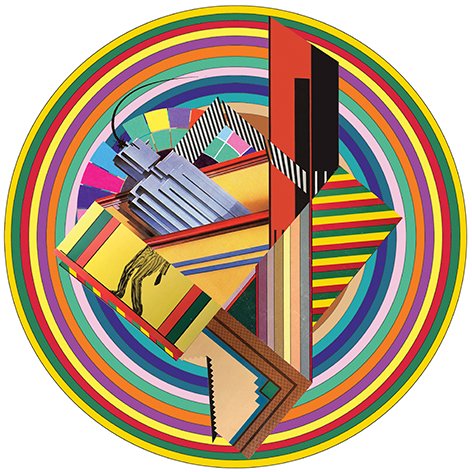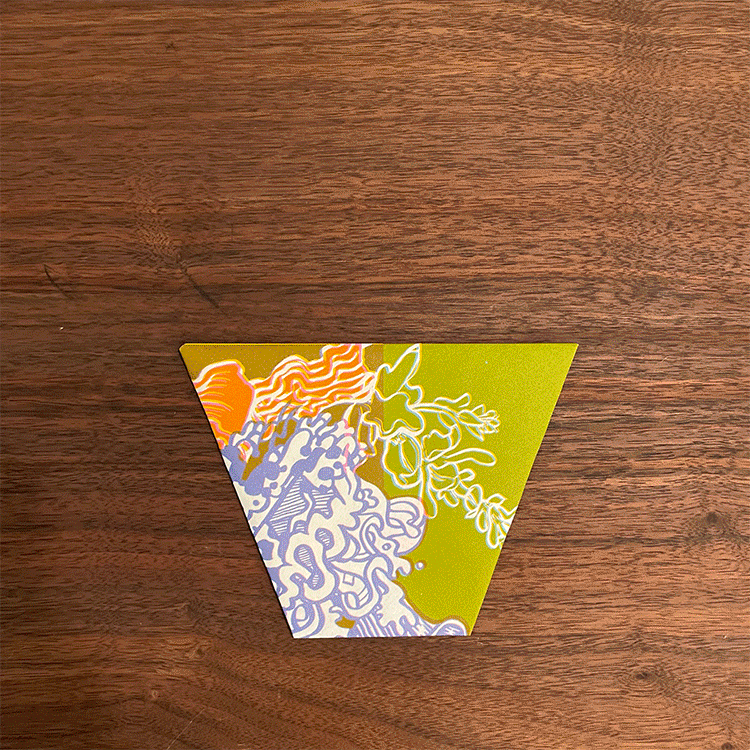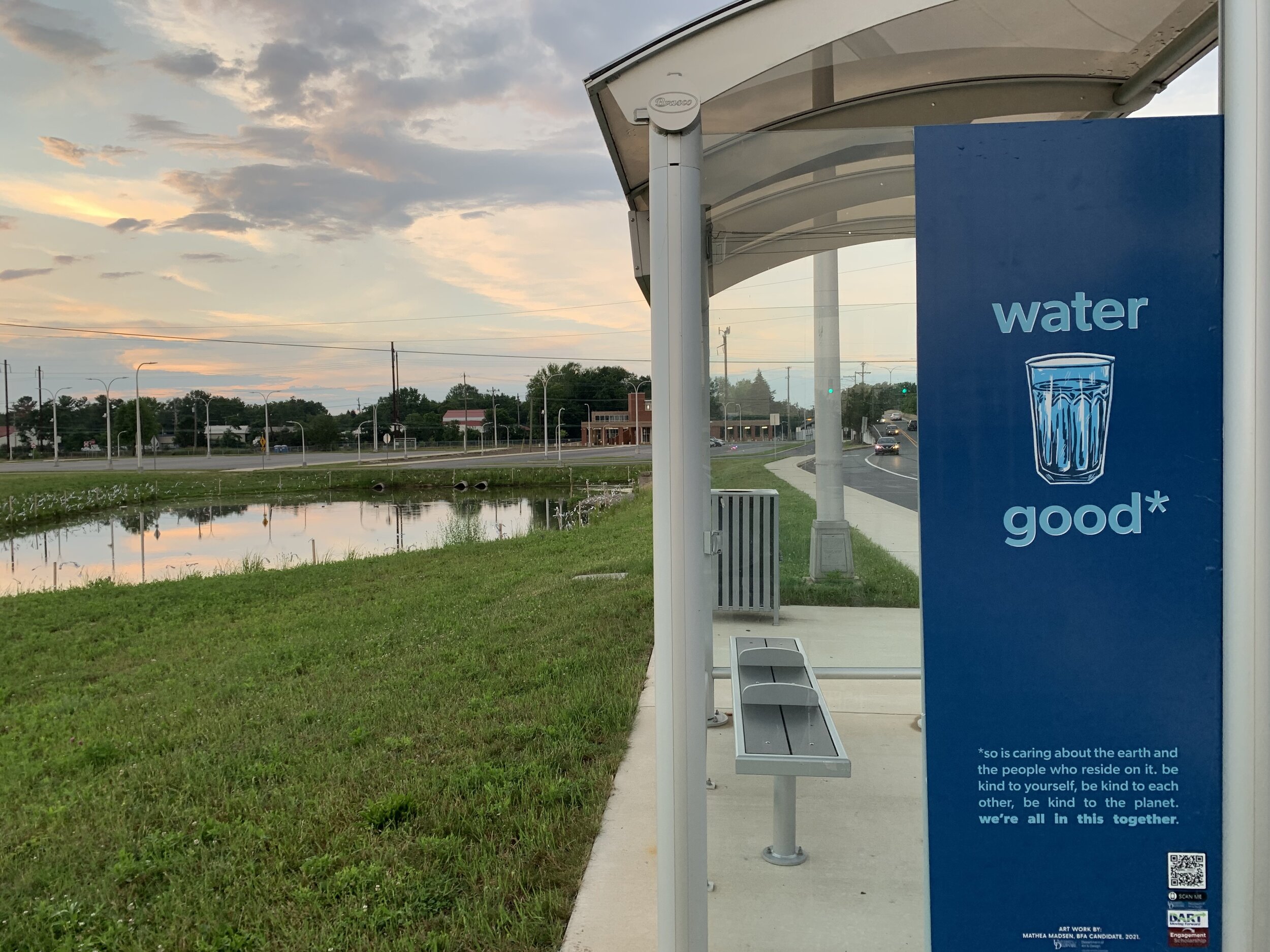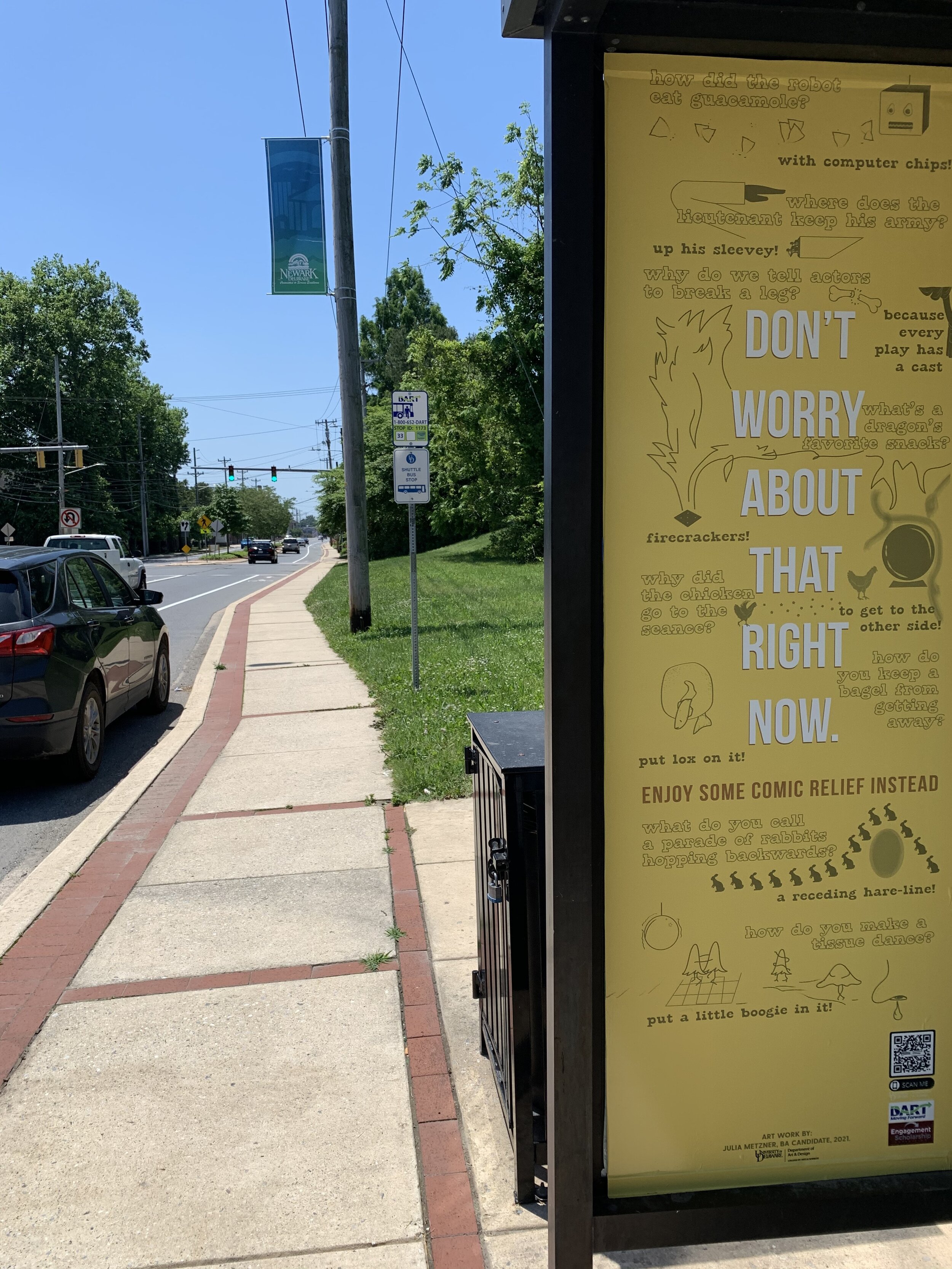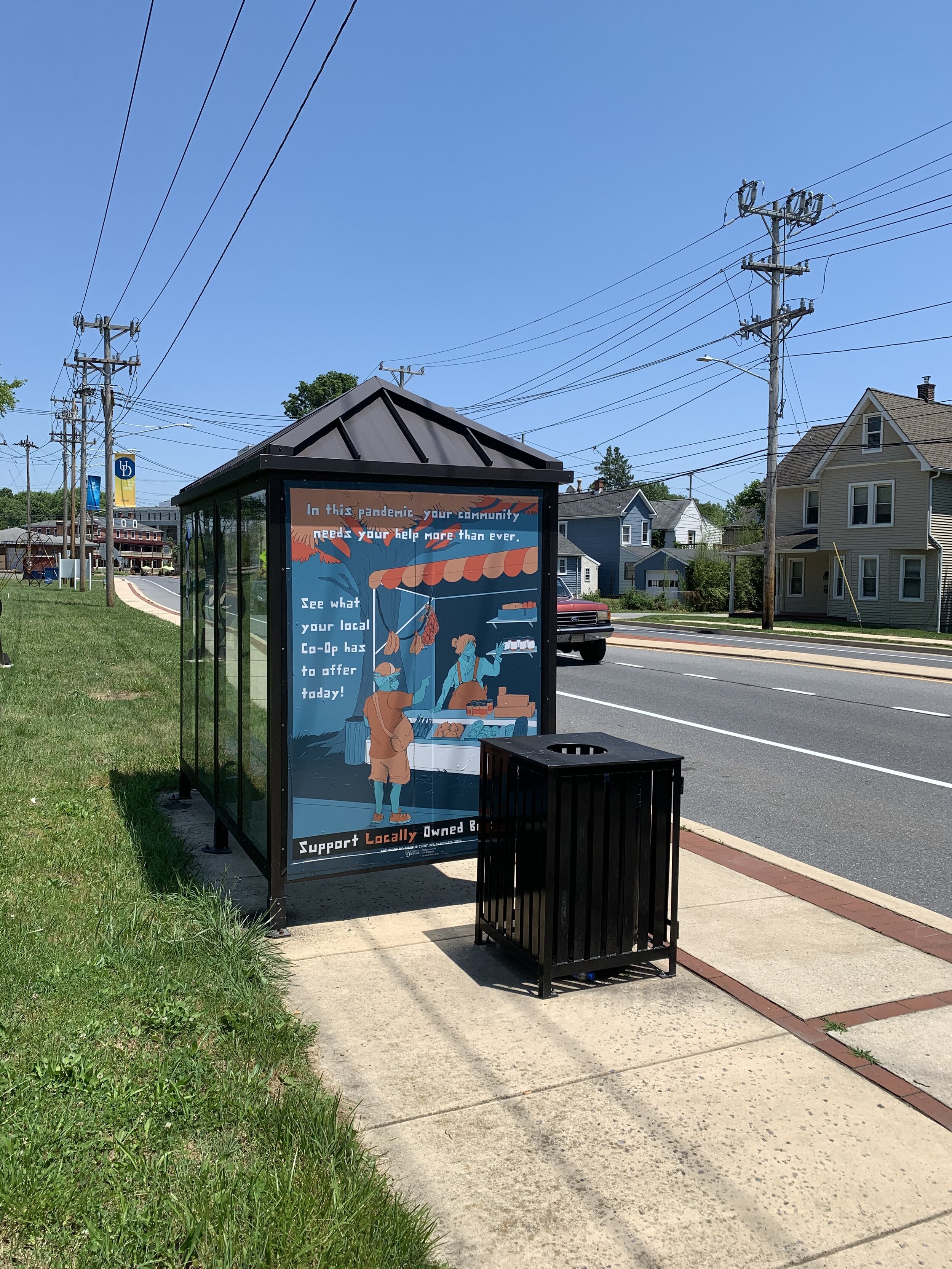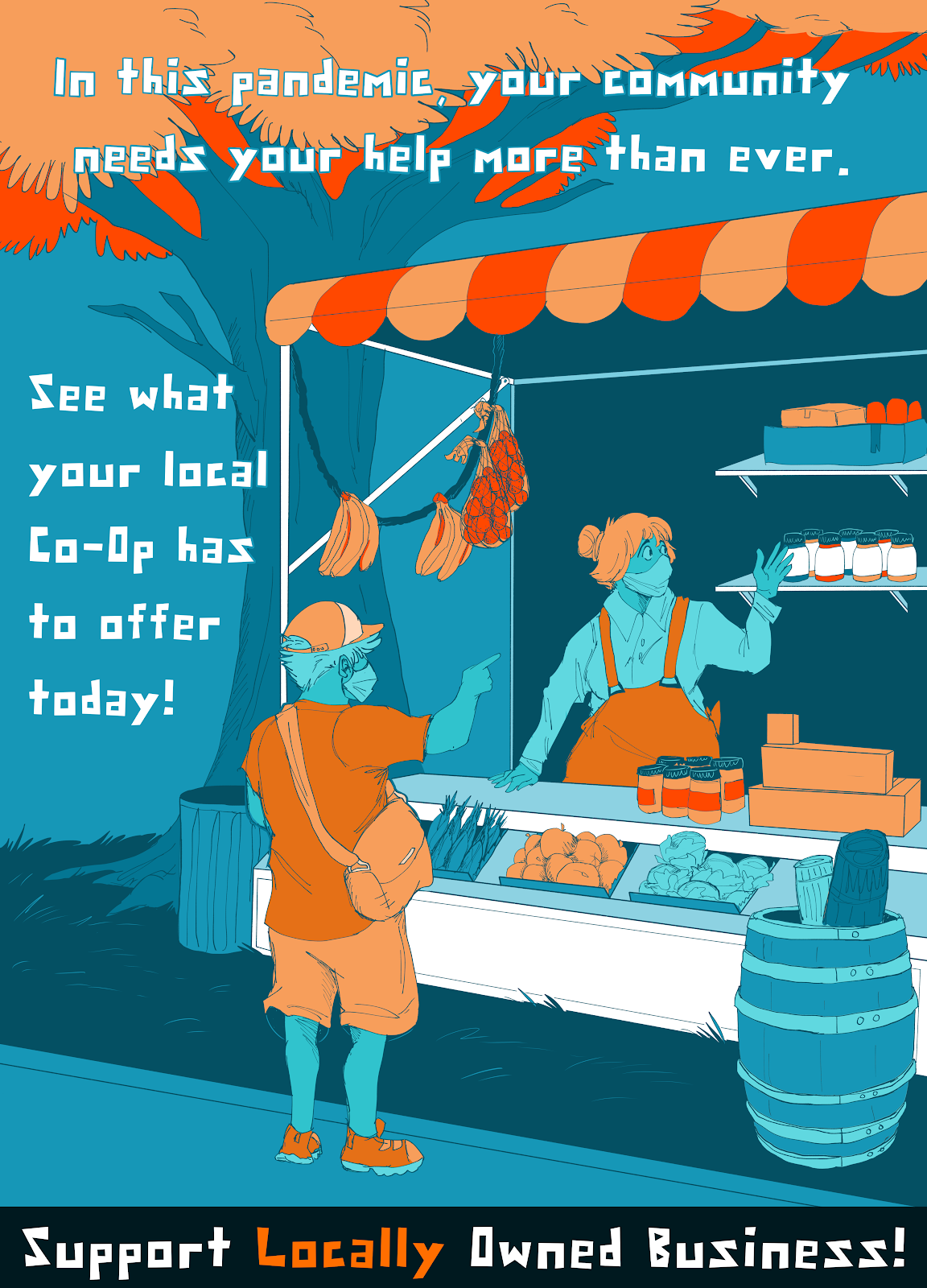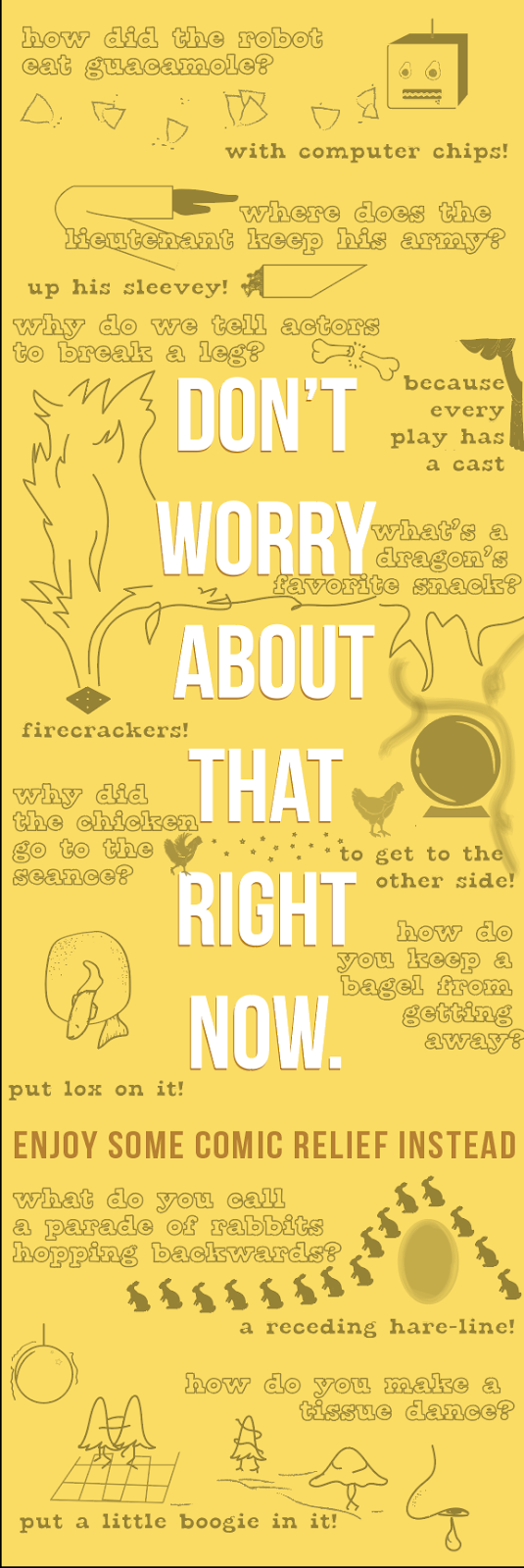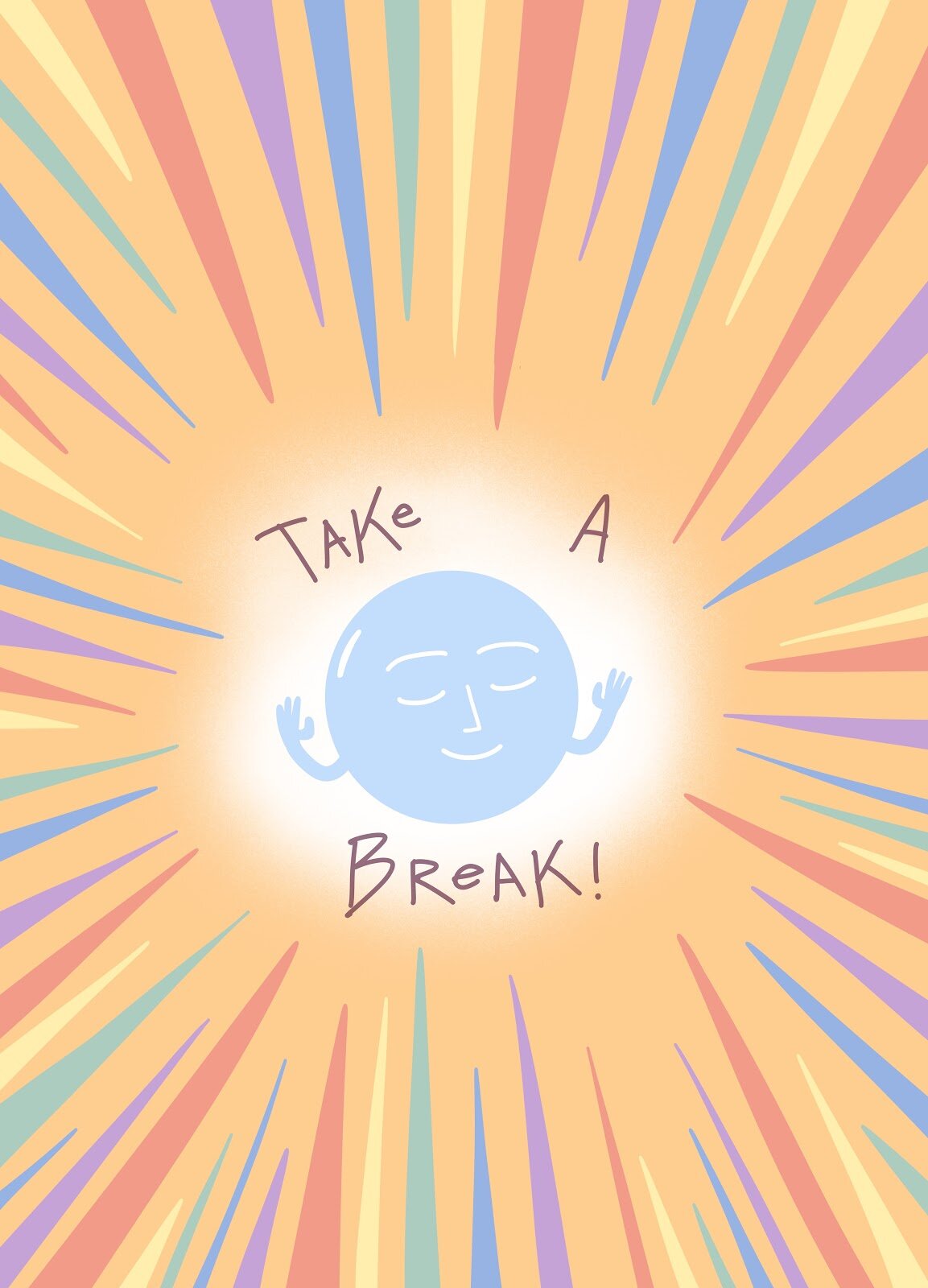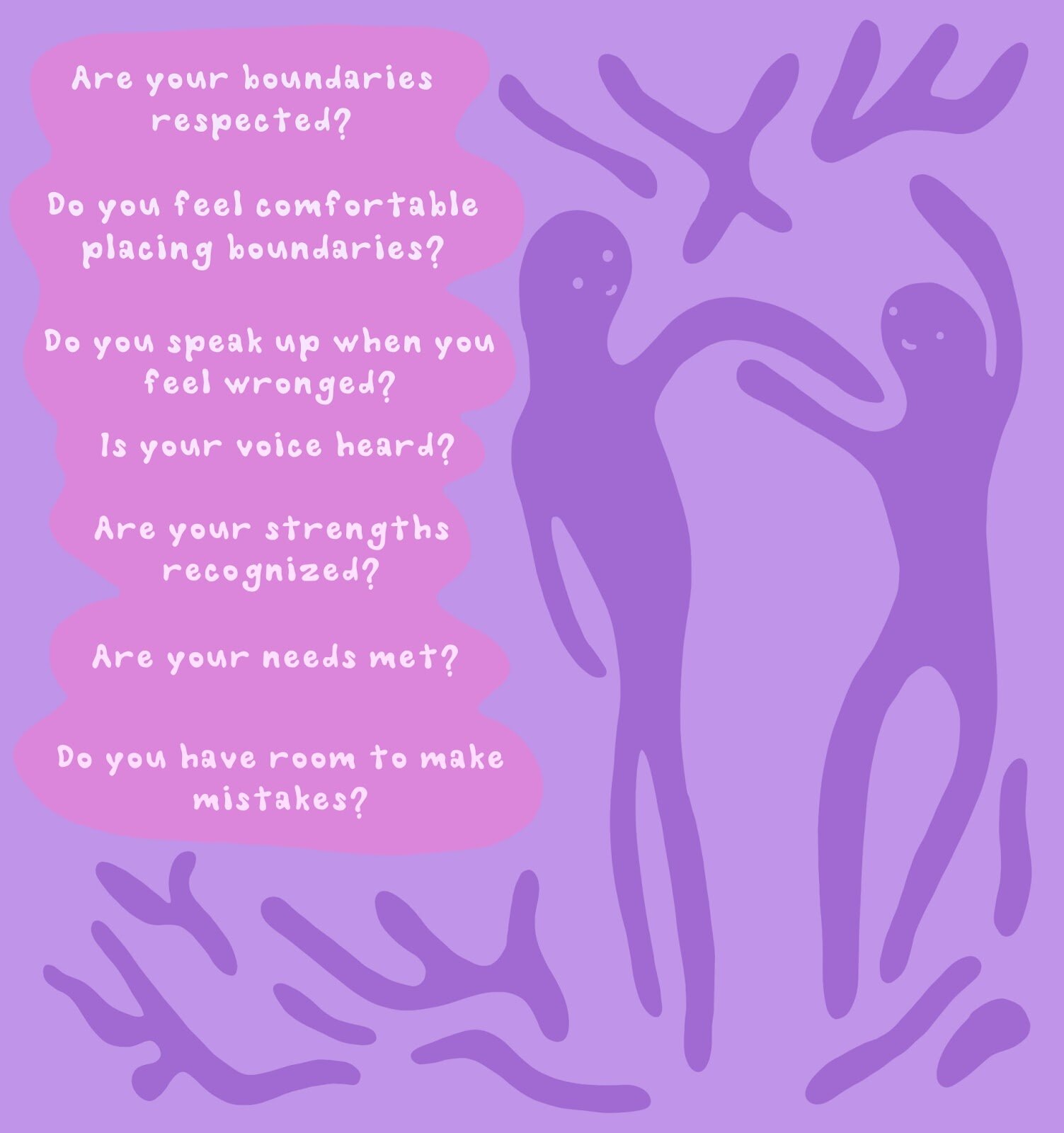SEEDING NEWTOPIA
“Seeding Newtopia” is a public project, funded by the Urban Field Station Collaborative Arts Program (USDA), which will focus on a few components, most notably the collection of stories (ranging from myth, to histories to recipes) of people’s relationships to trees in Philadelphia. Aaron and Amir will collect “field recordings” of these stories around the city and archive them online. The stories will be connected to specific locations and made available for others to listen to through the use of QR codes directly linked to locations. These stories will be reproduced on future seed packets and medallions (described below) to be distributed, recognizing the local, longstanding, historical, and community-based relationships with nature and prompting future relationships with the natural world in Philadelphia.
There will be physical materials created relating to each location. One of the initial ideas/objects will be printed seed packets, containing a hearty blend of local, pollinating wild flowers meant to support forest growth and natural maintenance (by attracting birds, bees and butterflies that in turn will create a sustainable undergrowth to the urban forest canopy). These packets will also contain QR codes to relatable locations. The second idea/object is to use wood taken from fallen trees on location and create “medallions” out of the cut-up branches. These medallions will be laser cut with the locations QR code further directing people to the online component.
We will also be working with local USDA Forest Service (Philadelphia Field Station) as part of the Urban Field Station Collaborative Arts Program:
Ecological Artists Begin Year-Long Residency with Scientists and Environmental Practitioners to Explore New Imagination for Sustainable, Resilient, and Inclusive Cities.
As part of the Urban Field Station Collaborative Arts Program, eleven artists have been selected to collaborate with the USDA Forest Service, The Nature of Cities, and local agency teams to explore innovation and new imagination for more sustainable and green cities. The core questions of the program include: how are artists changed when they collaborate with scientists?
How are scientists changed when they collaborate with artists? How can collaboration create new ideas and new directions that can inform sustainable, resilient, and inclusive cities?
Please leave/send a voice recording regarding your memory, story, etc. regarding your experience with trees and natural spaces in Philadelphia (super easy to do on a phone) to: urbanyettiart@gmail.com
Please include the location of your particular memory so that we can map it. You are welcome to leave your full/partial name or remain anonymous. None of your personal information will be shared; just your story.
Future recordings and a map of their locations will be posted to this page!
Collective Visioning (at Vox Populi Gallery, Philadelphia, PA)
SEEDS AND ART IN EXCHANGE FOR YOUR VISION OF THE FUTURE
In exchange for taking the seeds and packet/poster, I am asking for anonymous voice recordings or writings from people towards a future project focusing on the exploration of what people see, envision and hope for this country’s future.
Drawing on inspiration from projects such as Studs Turkel’s ‘Hard Times’ and the recordings of Moses Asch’s Folkway Records, I want to revise/revist what the “AMERICAN DREAM” is through recordings and sound collages of as many different “Americans” as possible (“Americans” meaning: any/all people that live in the United States of America and/or the rest of the Americas: citizens of any nation).
In asking for this vision of the “American Dream” (from within or outside of the USA), I hope to creatively present recordings that share, attempt to understand, consider and reconcile, positive and/or pre and ill-conceived notions of one another in the 2020’s amidst an atmosphere of media-fueled socio-cultural hooliganism.
I am asking for a micro and a macro consideration from you:
MICRO: what makes you "happy", what do you see positively happening today? What inspires you amidst a period of chaos in our history?
MACRO: what do you want/ENVISION for the future?
Please email voice recordings (super easy to do on a phone) to: urbanyettiart@gmail.com
Inform, Inspire, Empower! is a proposal to collaborate with regional stakeholders to create and install public poster artwork aimed at a unified dialogue focused on public health and wellness across the State of Delaware. The purpose is to enhance public pandemic education and support cultural change while facilitating the development of a respectful and healthy mindset in the community. This will be accomplished through visually engaging, inspiring, and colorfully informative poster designs following the COVID-19 pandemic. All work presented is that of Art & Design students at the University of Delaware.
Inform, Inspire, Empower! draws inspiration from the 1940’s posters of the WPA (Works Progress Administration) implemented as a practical relief project during the Great Depression under the presidential administration of Franklin Delano Roosevelt.
Why posters in the age of social media and the internet? Posters are a practical way to communicate ideas and to shape public sentiment. You don’t have to find them, they find you (rather than typing a URL, etc). According to Mark Randall, co-founder of Design Ignites Change, “A poster lodges in your memory more than other mediums because it distills an idea to its core. [It] becomes a brand statement around the issue it represents.” (Heller).
Media and digital information can seem overwhelming and have been shown to instill feelings of loneliness. Issues persist with the use of Zoom, Skype and Facetime manifesting in “Zoom Fatigue”. Writing in National Geographic, Benjamin Rasmussen says, “The unprecedented explosion of their use in response to the pandemic has launched an unofficial social experiment, showing at a population scale what’s always been true: virtual interactions can be extremely hard on the brain.” (Rasmussen). Experientially interacting with media (posters), in real time and place has a more immediate effect. This point in time represents an ideal opportunity to re-introduce public poster art, not as mass production, but as objects requiring attention, time and space for their influence: colorful, direct and relevant to be appreciated, shared and viewed when life begins to enter the new normal.
